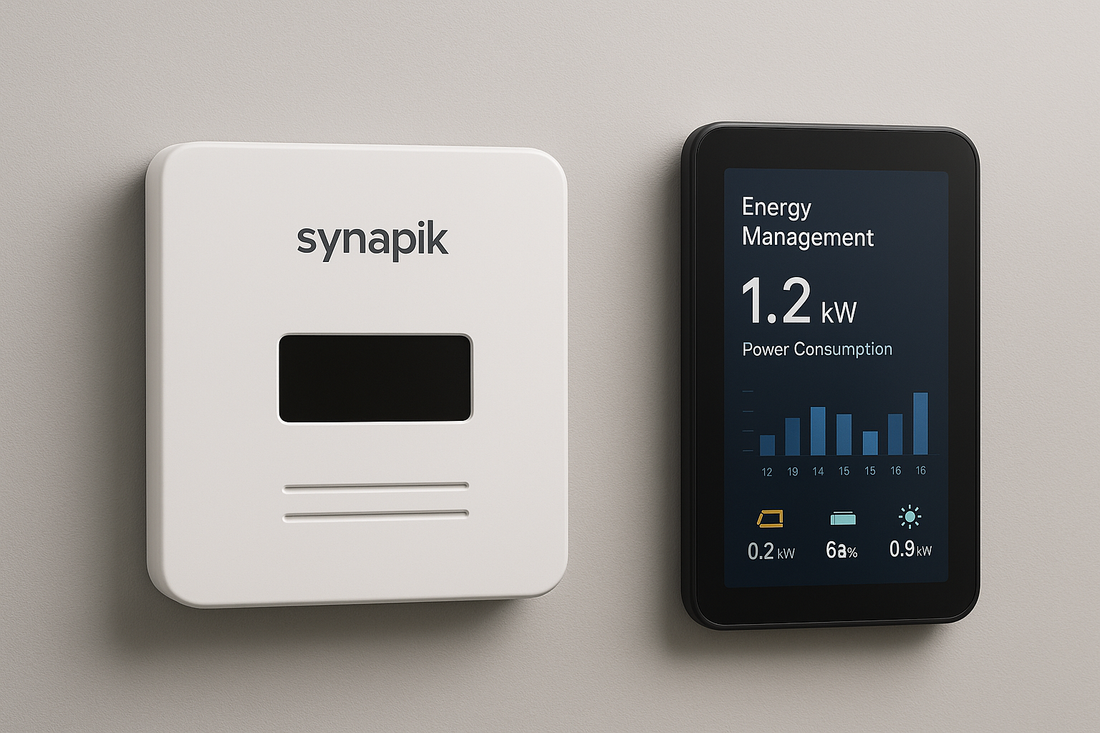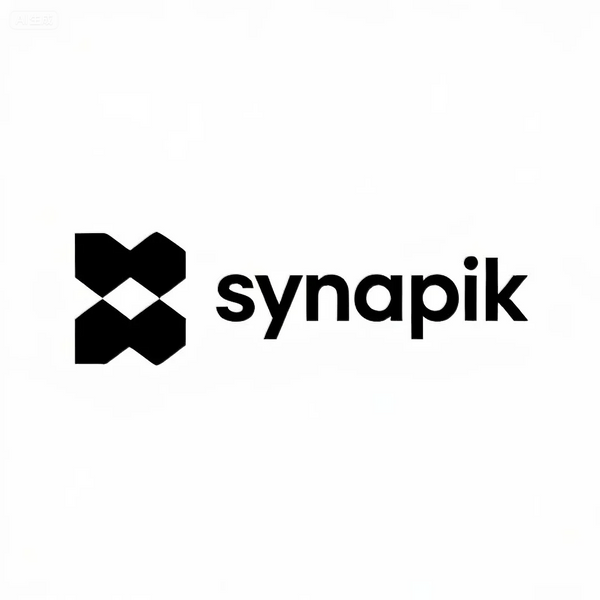
The Future of Energy Management: Trends to Watch in 2025 and Beyond
Share
Energy in a Changing World
The way we generate, distribute, and consume energy is changing rapidly. With rising demand, climate concerns, and technological innovations, energy management has become a cornerstone of global progress.
In 2025, companies like Synapik are leading the shift by offering intelligent energy management systems that combine automation, data analytics, and renewable energy integration. But what does the future hold?
This article explores the biggest trends shaping the future of energy management and how they’ll transform businesses, homes, and communities worldwide.
Trend 1: AI-Powered Energy Optimization
Artificial intelligence is set to revolutionize energy management by enabling real-time optimization.
-
Predictive analytics will forecast demand patterns.
-
Machine learning algorithms will adjust energy usage automatically.
-
Smart automation will reduce waste without human intervention.
Synapik’s AI-driven platforms are already helping organizations cut energy costs by up to 40%.
Trend 2: IoT-Enabled Smart Devices
The Internet of Things (IoT) is bringing intelligence to everyday devices. From smart thermostats to connected appliances, IoT ensures energy is only used when needed.
Synapik integrates IoT devices into its energy management systems, giving users full control over consumption from a single dashboard.
Trend 3: Renewable Energy Integration
As solar, wind, and hydropower become mainstream, energy management must adapt to intermittent supply.
-
Hybrid systems will combine renewables with storage.
-
Microgrids will allow communities to generate and manage their own power.
-
Energy balancing will ensure grid stability.
Synapik solutions help businesses and households seamlessly integrate renewables into their energy systems.
Trend 4: Energy Storage Innovations
Battery technology is improving rapidly, making it easier to store excess renewable energy. In the future, homes and businesses will rely more on storage for reliability and cost savings.
Synapik’s platforms support battery integration, ensuring optimal charging and discharging cycles.
Trend 5: Decentralized Energy Systems
The future is moving away from centralized power plants to decentralized energy networks. Communities will generate, store, and share energy locally.
Synapik supports decentralized energy management by enabling peer-to-peer energy trading and smarter microgrid control.
Trend 6: Blockchain for Energy Transactions
Blockchain technology is making energy trading more transparent and secure. It allows households and businesses to sell excess renewable energy directly to others without intermediaries.
Synapik is exploring blockchain-based platforms to support decentralized energy economies.
Trend 7: Demand Response Programs
Utilities will increasingly reward consumers for adjusting energy use during peak hours. With automated energy management systems, users can participate easily and earn incentives.
Trend 8: ESG and Sustainability Reporting
Businesses are under pressure to meet environmental, social, and governance (ESG) goals. Energy management will become central to sustainability reporting and brand reputation.
Synapik provides advanced reporting tools that align with global ESG standards.
Trend 9: Smart Cities and Urban Energy Management
Cities will become smarter by integrating renewable energy, EV charging, and connected infrastructure into a unified management system.
Synapik is working with urban planners to design scalable energy platforms for future smart cities.
Trend 10: Consumer Empowerment and Awareness
Finally, the future of energy management is about putting power in the hands of consumers. Mobile apps, dashboards, and gamification will make saving energy more engaging and rewarding.
FAQs About the Future of Energy Management
Q1: How will AI change energy management?
AI will automate optimization, reducing waste and boosting efficiency without manual effort.
Q2: Will energy management become affordable for households?
Yes. Costs are falling, and Synapik makes advanced systems accessible for homes and small businesses.
Q3: How do renewables fit into energy management?
Energy management ensures smooth integration of renewables with storage and grid systems.
Q4: What role will blockchain play in the future?
Blockchain will make energy trading decentralized, transparent, and secure.
Q5: Can energy management support smart cities?
Absolutely. Synapik’s systems are designed for large-scale urban integration.
Q6: Is energy management important for ESG reporting?
Yes. Companies need it to meet compliance, improve reputation, and attract investors.
